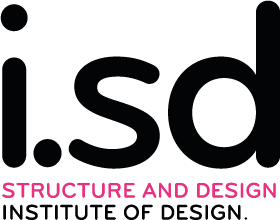Research question & objective
The ARTS technology is an innovation with regard to modular robotics. The applicability of ATE in architecture has not yet been researched. This master’s thesis therefore deals with the corresponding application possibilities in architecture. The aim of the thesis is to develop a concrete application example for the use of adaptive, modular robots with a tetrahedral structure. The following research question can be derived from this: ‘What possible applications are there for robots with adaptive tetrahedral elements in architecture?’
Architectural relevance
Pieber and Gerstmayr have set a milestone with ARTS. Their technology opens up completely new possibilities not only with regard to applications in medicine, but also in the field of architecture. Filling space with the help of platonic solids has occupied philosophers, mathematicians and scholars for thousands of years. In the history of mathematics, Aristotle (384-322 BC) was probably responsible for one of the most record-breaking mistakes of all time. More than 2,300 years ago, he taught that regular tetrahedra could fill ram. It took more than 1,800 years for this error to be disproved [6]. (By developing ARTS – based on the basic idea of filling space with Platonic heads – Pieber and Gerstmayr were able to provide a technology to elegantly circumvent this age-old problem.

